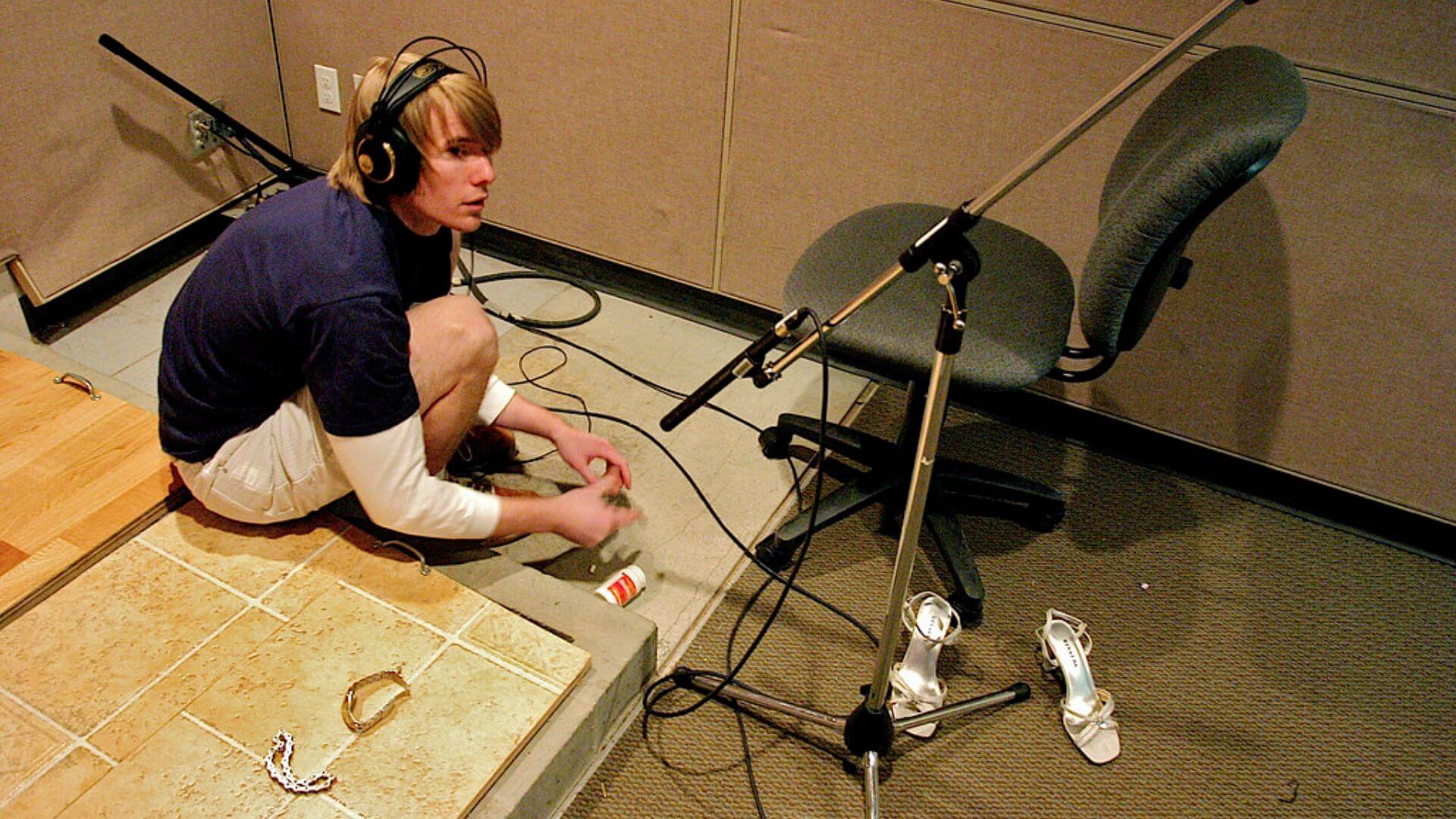In the realm of filmmaking, the auditory experience is as vital as the visual. Foley sound—the art of reproducing everyday sound effects—plays a crucial role in immersing audiences into the cinematic world. Named after sound-effects pioneer Jack Foley, this technique involves creating sounds like footsteps, rustling clothes, or creaking doors in post-production to enhance the realism of scenes. The meticulous process requires Foley artists to synchronize these sounds with the actors’ movements, ensuring a seamless auditory experience that complements the visual storytelling.
The evolution of Foley sound has been marked by both technological advancements and creative ingenuity. In the early days, artists utilized simple props and surfaces to mimic sounds. For instance, the sound of a horse’s gallop was often created using coconut shells. As technology progressed, so did the tools and techniques. Modern Foley studios are equipped with a plethora of props and advanced recording equipment, allowing for more precise and varied sound reproduction. Digital audio workstations have further revolutionized the field, enabling artists to manipulate and fine-tune sounds with unprecedented accuracy.
Beyond technical prowess, the artistry of Foley lies in its ability to convey emotion and enhance narrative. Consider the subtle sound of a character’s hesitant footsteps, which can convey anxiety, or the creak of a door that builds suspense. These auditory cues, though often unnoticed by the audience, are instrumental in shaping the film’s atmosphere and emotional impact. As the film industry continues to evolve, the role of Foley artists remains indispensable, blending technical skill with creative expression to bring stories to life through sound.





